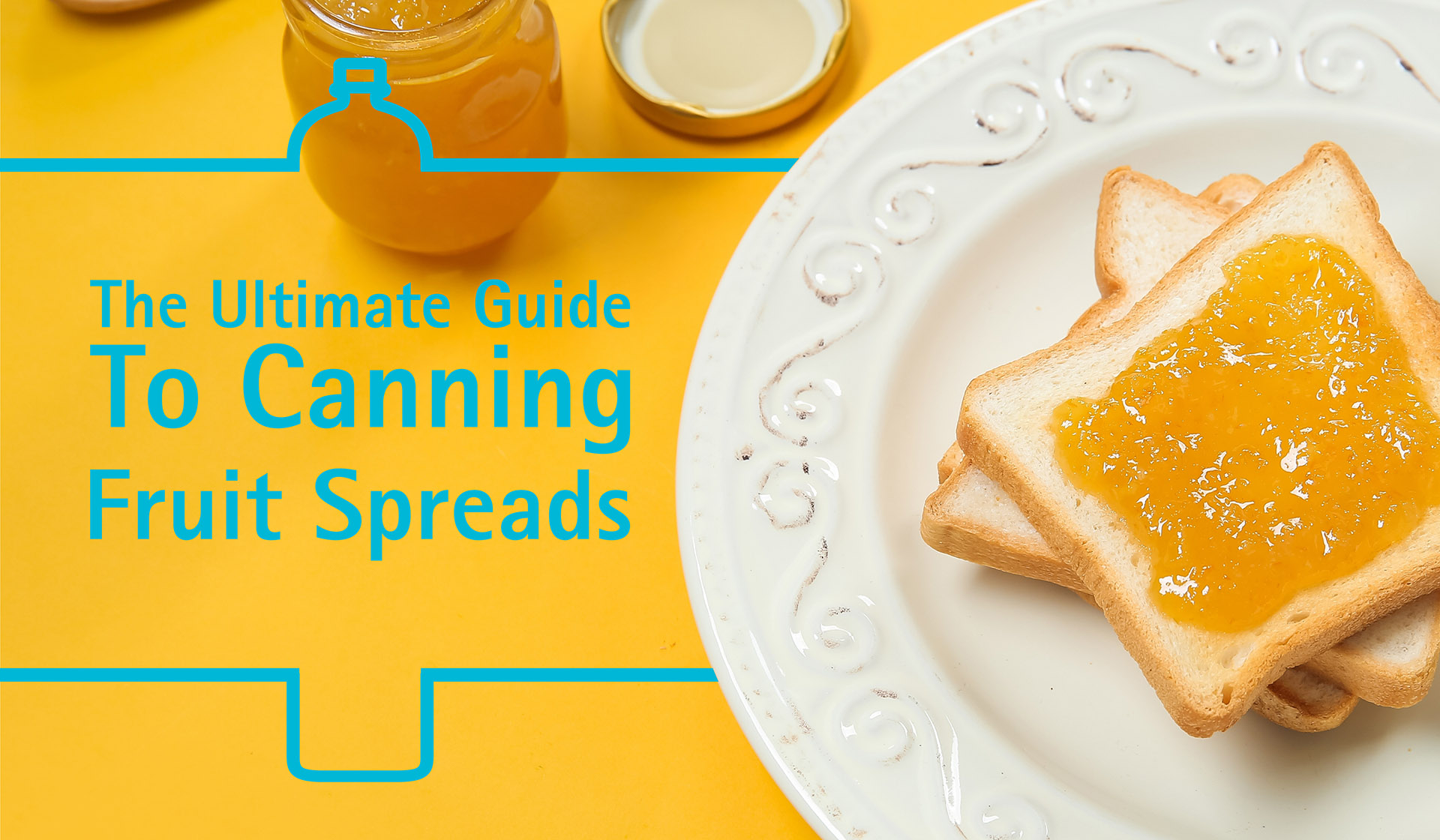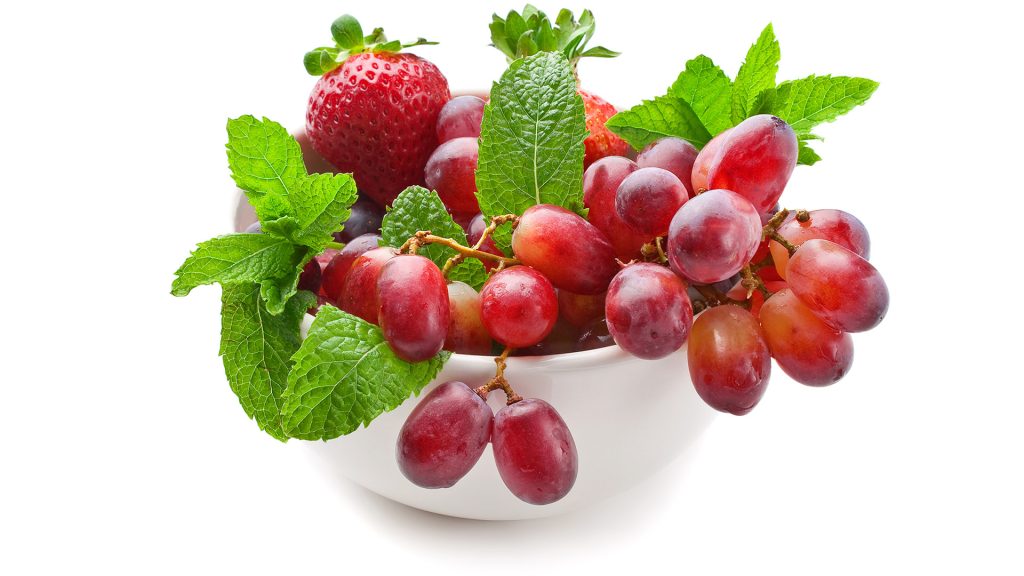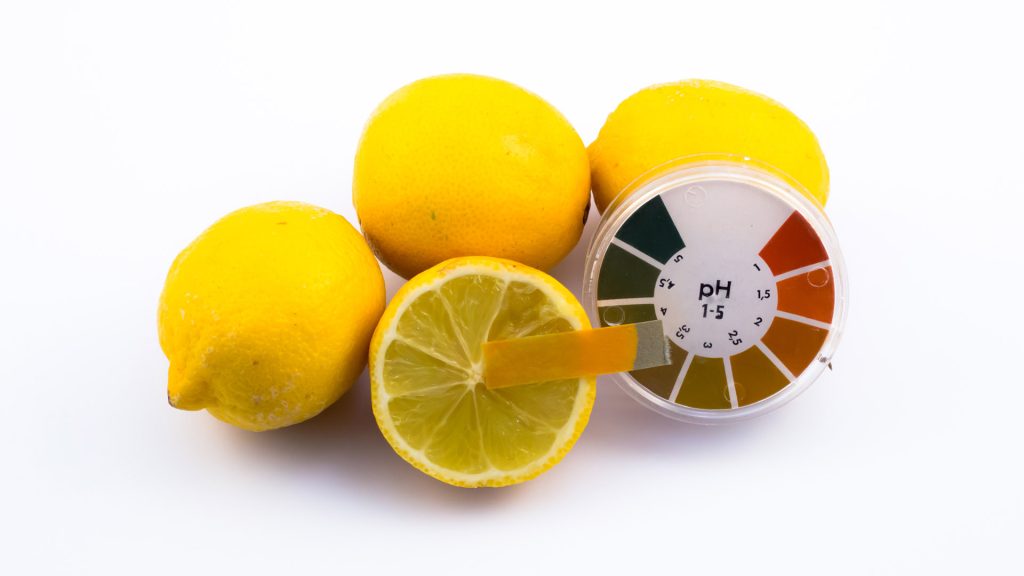The Ultimate Guide To Canning Fruit Spreads

Techniques like canning and preserving have been around for many generations. In the past, they were necessary for survival. Now, they’re readily available at the grocery store and one of many options we have for our diets.
While commercial products make it easier than ever to pluck something off the aisle at a supermarket, many individuals and small businesses are turning back to small-batch goods, handcrafted products, and locally sourced ingredients.
When you think of canning and preserving, your mind might jump to pickles and vegetables, though these techniques apply to typical fruit spreads like jams, jellies, and preserves too.
Whether your business is ready to branch out into canning and preserving, or you’re trying to find the right packaging solution for your foodstuffs business, here’s what you need to know about canning jams, jellies, and preserves.

What are the different types of fruit spreads?
When you’re looking to get into fruit spreads and similar foodstuffs, you’d be forgiven for assuming that jams, jellies, and preserves are the same. To the untrained eye, they might as well be, though jam vs. jelly can be radically different and have diverse applications in cooking and as spreads.
For starters, let’s discuss jams. Jams are made from squashed fruit. This process produces a substance that’s a little lumpier than your average jelly, a spread derived from fruit juices. Where jams are a looser consistency, jellies are typically firmer and more consistent in texture.
Beyond jams and jellies, there are preserves, a combination of fruits and syrups. Canning preserves create a favorite topping for sweet breakfast foods and desserts worldwide, and preserved foods have their unique flavors.
There are also butters, marmalades, and conserves, each with its unique preparation process, flavor profile, and culinary applications.

What are the key ingredients in a good jelly or jam?
If you’re going to make a delicious fruit jelly or get into fresh preserving, you’ll need to pick the right ingredients beforehand.
Of course, you’ll want to start with your fruit. High-quality fruit is important since older fruit has less pectin, a critical ingredient that acts as a thickening agent. Underripe fruit has the most pectin, so you can use a blend of underripe and perfectly ripe fruits for your spreads.
When you ask, “what’s the difference between jam and jelly,” one of the answers lies in the fresh preserving ingredients list. For a good jelly, you only need fruit juice. For jam, you can incorporate the actual fruit into your recipe.
You’ll also need sugar to enhance the natural sweetness of the fruits and bring out their flavors. Sugar also helps set jellies, jams, and other fruit spreads and even adds to their shelf life. Beyond that, sugar helps preserve the flavors and colors of your spreads.
Lastly, for food safety and an additional influence on the palate, a high-quality jelly or jam requires acid. The acid plays a crucial role in food safety, and many recipes recommend you use some sort of bottled lemon juice — or vinegar if you’re pickling something.

What is pectin and how does it impact canning and preserving?
As we mentioned earlier, pectin is a natural thickening agent that occurs in fruits. Underripe fruits have the most pectin while older fruits have less. While you can still use fruits with a bump or bruise to make fruit spreads, you don’t want to use anything that looks like it’s past its prime.
While pectin does occur in fruits naturally, you can also purchase liquid, powdered, no-cook, and reduced-sugar pectin. By doing so, you cut down on the time you have to cook your fruit to prepare it for canning or fresh preserving.

The perfect pH and high-acid foods
When you’re crafting a fruit spread, you need to ensure you’re getting the right balance of acid in your jam or jelly. Otherwise, excess acid levels cause fruit spreads to sweat, which is a food safety issue.
To get the right balance, you want your spread’s pH level to be anywhere between 3.0 and 3.3. Keep these numbers in mind when you add acids to your fruit spread.

Canning and preserving essentials from BottleStore.com
Now that you know more about the canning process, you’re nearly ready to dive into your fruit spreads and foodstuffs. However, you still have to keep storage and packaging in mind.
BottleStore.com is your go-to shop for jam and jelly jars wholesale, and we have a few popular options that particularly suit fruit spreads and similar goods.
8 oz jelly jars are ideal for canning and preserving. These jars boast a 70-millimeter mouth diameter designed to fit most 70-400 closures. The 8 oz jelly jars also feature a straight-sided cream glass design that’s perfect for showcasing each jar’s contents, and for affixing the perfect brand label for a store-ready jam, jelly, or preserve.
BottleStore.com’s 4 oz cream round glass jar proves that even small jars can pack a big punch. This size is perfect for samples, spreads, and canning preserves of all varieties.
There’s also the 16 oz amber glass straight-sided cream jar, a great option for large batches of fruit spreads, pickled goods, and fresh preserving ingredients. The amber hue is perfect for light-sensitive foodstuffs and adds to their shelf life.
To learn more about canning and fruit spreads, get in touch with BottleStore.com today. We’re here to help with all your container and closure needs.
